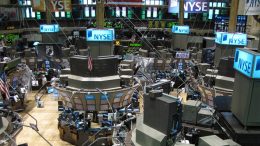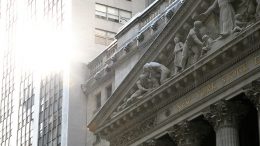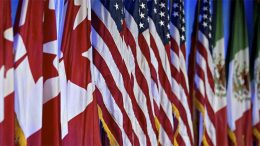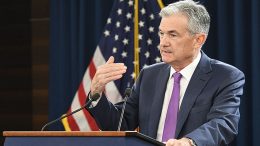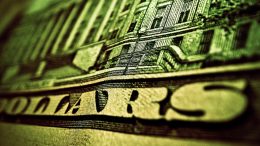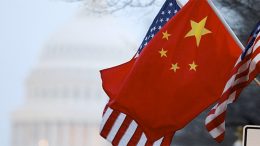US Equities: Results Well Ahead Of Demanding Expectations
Q3 earnings season has been strong virtually all over the place, well above expectations, and consensus forecasts move up. According to analysts at Julius Baer, “equity weakness continues to be driven by performance protection and money flow rather than fundamental factors.”

